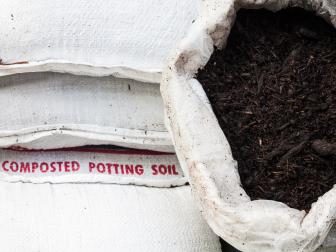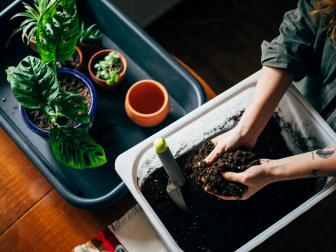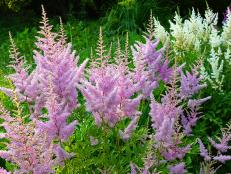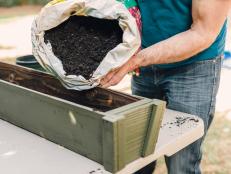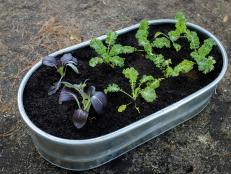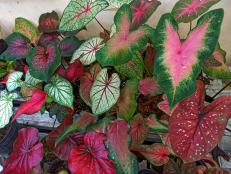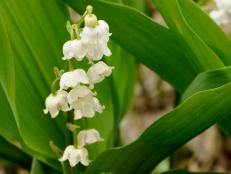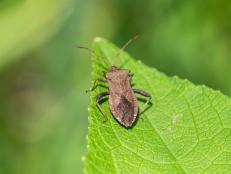Can I Reuse Old Potting Soil?
Potting soil usually loses its nutrients after one season, but there are ways you can replenish it.

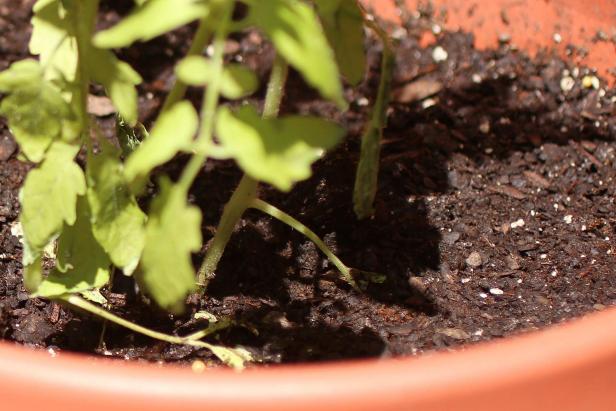
When it comes to container gardening, dirt cheap may not feel like a bargain. The term “potting soil” is a bit of a misnomer, as it usually doesn’t have much actual soil in it. Instead, this mix of peat, vermiculite and composted matter is engineered to offer a lightweight alternative that provides good nutrition and water retention while still giving roots room to develop in limited space. Using potting soil is an extremely effective medium for container gardening, but can be expensive. As nutrition is leached from this “soil” throughout the growing season, by year’s end the mineral-rich potting medium may not have much left to offer hungry plants. Buying new potting soil each year guarantees a healthy medium, but can be a costly endeavor, especially for those who rely on container gardening for the bulk of their yearly crops. Is it necessary to replace potting soil every year?
If disease was a problem last year, using the same potting soil can be a recipe for disaster. Viruses, bacteria and fungi will live on in the potting medium long after the plants have withered away. While it may be possible to destroy these lurking pathogens, it’s not worth the risk. Sometimes starting withfresh potting soil is the best option, but if last year’s plants did well, there may be a little life left in that potting soil. With careful attention and a little effort, potting soil can be reused, saving the intrepid grower a few bucks along the way. If you have determined that disease will not be an issue, preparing used potting soil for safe and effective use is an easy way to cut back on the gardening budget without sacrificing yield.
Pasteurize. Even in pots with healthy plants, weeds, insects or mild pathogens may be living in potting soil that has been previously exposed to the elements. Soil pasteurization can help. Baking in a 200 degree oven or microwaving will safely sterilize soil, but can emit an unpleasant odor and over-drying may impact its ability to adequately retain water. Solarization will offer the same results without the hassle. To solarize container soil, place in a black plastic bag or in covered five-gallons buckets and place in a sunny location for four to six weeks to kill off these unwelcome elements and prepare the soil for new plants.
Revitalize. Last year’s potting soil may look ready to re-use, but odds are much of the nutritional value leached away on its first go around. Replenish lost nutrients by adding slow-release fertilizers, vermiculite or compost. Because compost is dense, it can lead to compaction and should be used judiciously (a ratio of one part compost to three to four parts potting soil is most effective). In some cases, revitalized potting soil can be used exclusively, but blending old soil with fresh in equal parts is a safe way to ensure productive density and nutritional balance.
Reusing potting soil is a money-saver, but nutrition loss can be a concern even when revitalized. When reusing soil, rotate plants to maximize the value of the medium and consider using the recycled soil for plants that do not require rich soil to thrive.






